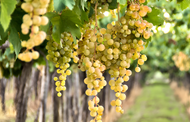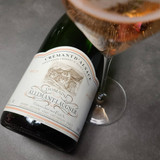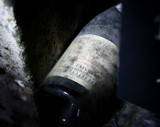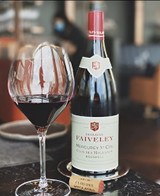Nov 7th 2025
Dry vs Sweet Riesling: How to Choose the Right Style
Riesling is one of the world's most versatile wines, but few grapes cause as much confusion. Is it sweet or dry? The answer: it can be both. A bottle of sweet Riesling can be lusciously honeyed, while another pours bone-dry and razor-sharp. The same grape creates wines at opposite ends of the spectrum, and understanding which style suits you changes everything.
At Woodland Hills Wine Company, we guide wine lovers through Riesling's beautiful complexity. This blog will help you decode the differences, understand what makes German Riesling the gold standard, and discover the bottle that matches your palate.
What Makes Riesling Unique?
Riesling stands apart for several reasons. It's incredibly aromatic, releasing scents of white flowers and stone fruit before you even sip. The acidity runs high, creating a backbone that keeps even the sweetest wines from feeling heavy. This structure also makes Riesling remarkably age-worthy, developing for decades in the cellar.
Terroir speaks through Riesling more clearly than most grapes. Plant it in slate soils, and you'll taste wet stone. Grow it on limestone, and the wine becomes rounder. The grape's transparency makes it endlessly fascinating. Riesling wines can be bone-dry, semi-dry, or luxuriously sweet depending on the winemaker's approach.

Dry vs Sweet Riesling: The Key Difference
The distinction primarily arises from the amount of residual sugar remaining after fermentation, which is naturally occurring grape sugar. A dry Riesling has little to no residual sugar, as the yeast has consumed nearly all of it in fermentation, resulting in a clean and crisp-tasting wine. The flavor forms are lemon, lime, green apple, and minerality. With time, many Rieslings develop a signature ‘petrol’ (TDN) note; it can also appear in some young wines depending on site and style.
A sweet Riesling still demonstrates residual sugar but has noticeably sweeter flavors, usually exhibiting honey, apricot, peach, mango, and citrus. The experience is richer on the palate; however, the high acids will balance the sweetness, or the wine could taste syrupy. Instead, the flavor form is better balanced between the sugar and acid.
And here is where perception can get tricky. A wine can taste sweet without much residual sugar based strictly on ripe fruit flavors. Alternatively, a wine can have residual sugar but nonetheless feels drier if the acidity exhibits enough balance. The key is being mindful of both the stated sweetness level of the wine and the experience or feel it has in your mouth.
German Riesling: The Benchmark for Styles
Germany is home to the world’s most famous Rieslings and sets the standard for quality and style. The Prädikatswein system classifies wines by how ripe the grapes were at harvest — a measure that often hints at sweetness and richness.
- Kabinett: The lightest and most delicate style. Fresh, bright, and low in alcohol (around 8–10%), with balanced fruit and acidity. A great introduction to Riesling.
- Spätlese (Late Harvest): Grapes stay on the vine longer, developing more sugar. Expect juicy stone fruit, floral aromas, and an off-dry to medium-sweet finish.
- Auslese (Select Harvest): Made from extra-ripe grapes picked by hand. Richer and sweeter, with notes of honey, apricot, and dried fruit.
- Beerenauslese & Trockenbeerenauslese: Rare dessert wines made from grapes affected by noble rot. Intensely sweet and luscious, often enjoyed as special-occasion wines.
- Eiswein (Ice Wine): Crafted from grapes naturally frozen on the vine. The frozen water leaves behind concentrated sugar, creating a pure, honeyed wine with striking acidity.
When reading German labels, look for these helpful words:
- Trocken = dry
- Halbtrocken = off-dry (moderately sweet)
Germany’s regions also shape Riesling’s personality:
- Mosel: Light, elegant, and mineral-driven.
- Rheingau: Fuller-bodied with more structure and power.
- Pfalz: Ripe, fruit-forward, and generous in flavor.
Together, these categories and regions show why German Riesling remains the global benchmark.
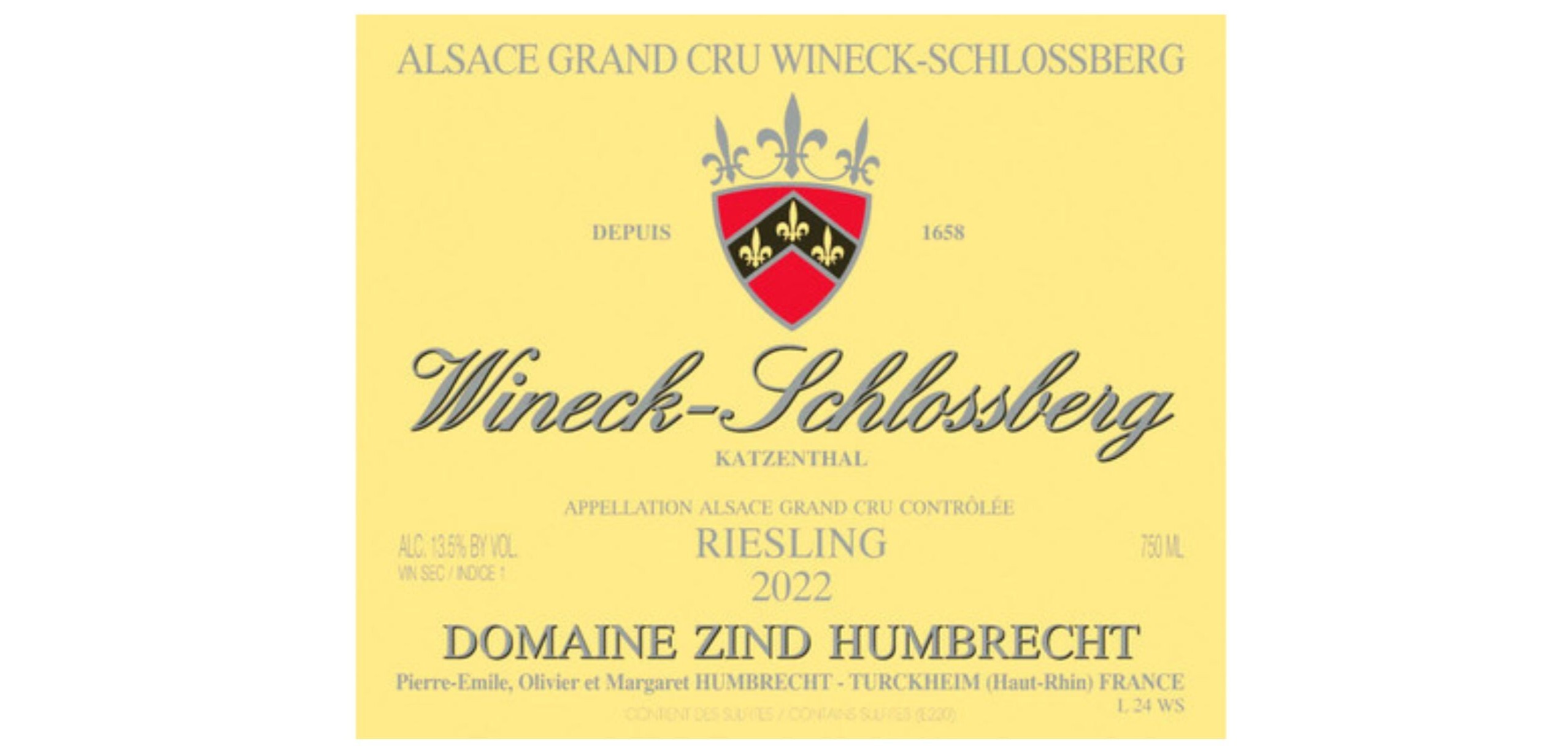
Global Expressions of Riesling
While Germany sets the standard, other regions have developed their own voices.
Alsace, France
Alsace Rieslings are mostly dry, fuller-bodied, and driven by minerality. The region's warmer climate gives these wines more body and alcohol. They feel structured and serious.
Australia
Clare Valley and Eden Valley produce bone-dry Rieslings marked by lime zest and bracing acidity. Australian Riesling tastes bright and linear, built for aging.
United States
American Riesling ranges from crisp and dry to generously sweet. Washington State produces excellent examples that balance ripeness with acidity. New York's Finger Lakes make elegant Rieslings with minerality and precision.
Flavor Profiles of Dry vs Sweet Riesling
Tasting dry Riesling, you'll encounter lemon, lime, green apple, and white peach. Minerality shows up as wet stone or crushed slate. As the wine ages, petrol aromas emerge alongside toast and deeper fruit layers.
Sweet Riesling presents a different profile. Honey takes center stage with apricot, peach, mango, and candied citrus peel. The texture feels rounder and more viscous. Even with all that sweetness, good examples maintain enough acidity to keep your palate refreshed.
The best way to understand these differences is to taste them side by side. Taste a Kabinett Trocken next to a Spätlese (off-dry or sweet) to see how ripeness and sweetness change body, texture, and acidity.
Food Pairings for Riesling Styles
Dry Riesling shines with lighter fare. Raw oysters and dry Riesling create a classic pairing. Sushi works beautifully, especially with fatty fish. Roast chicken, vegetarian dishes, and fresh salads all complement dry Riesling's clean minerality.
Sweet Riesling proves its worth with spicy food. Thai curries, Indian dishes, and Sichuan cuisine benefit from residual sugar, which tempers heat. Blue cheese and sweet Riesling form one of wine's great pairings. Fruit-based desserts find a perfect match, too.
Simple guide: dry Riesling with delicate proteins and vegetables; sweet Riesling with bold spices, strong cheeses, and fruit desserts.
How to Choose the Right Style for You
Check the alcohol percentage on the label. Lower alcohol, typically 8-10%, often indicates sweetness. Higher alcohol, around 12-13%, suggests dryness.
Learn the label cues. Trocken means dry. Kabinett can go either way. Spätlese usually brings some sweetness.
If you're new to Riesling, start with an off-dry style. A Kabinett or Spätlese with moderate residual sugar shows you how balance works. From there, move toward drier or sweeter expressions based on what you enjoyed.
WHWC Somm Picks: Rieslings to Try in 2025
We've curated Rieslings that showcase the spectrum from dry to sweet.
- Keller Riesling G-Max 2017 (Rheinhessen, Germany): This dry Riesling from one of Germany's top producers delivers precision and power. The G-Max shows lemon, white peach, and a stony backbone.
- Schaefer Willi Riesling Kabinett Graacher Himmelreich 2023 (Mosel, Germany): Classic Mosel style: light-bodied, delicate, and beautifully balanced. You'll find white blossom, clementine, and wet slate.
- Chateau Ste. Michelle & Dr. Loosen Riesling Columbia Valley Eroica 2022 (Washington): This dry, fruit-forward Riesling shows ripe apple, lime, and hints of honey without actual sweetness. An excellent introduction to American Riesling.

Schaefer/Willi Riesling Kabinett Graacher Himmelreich 2023
Riesling from Mosel, Germany

Ch Ste. Michelle-Dr. Loosen Riesling Columbia Valley Eroica 2022
Riesling from Columbia Valley, Washington
FAQs About Riesling
Is Riesling always sweet?
No. Riesling ranges from bone-dry to dessert-wine sweet. The grape's versatility allows winemakers to create whatever style they choose.
What does German Riesling taste like?
German Riesling typically shows citrus, stone fruit, white flowers, and minerality. It can taste crisp and dry or honeyed and sweet. Acidity remains high across all styles.
What's the difference between Kabinett and Spätlese?
Kabinett comes from grapes picked at normal ripeness and tends to be lighter. Spätlese means late harvest, indicating riper grapes and usually more sweetness.
Is Riesling good for aging?
Absolutely. High acidity makes Riesling one of the most age-worthy white wines. Top bottles develop for decades.
What foods pair best with sweet Riesling?
Sweet Riesling excels with spicy Asian cuisine, blue cheese, foie gras, and fruit-based desserts. The sweetness balances heat and salt beautifully.
A Grape With Two Faces
Riesling does well in both dry and sweet styles. Whether you enjoy the mineral crispness of bone-dry German Riesling or the honeyed richness of sweet Spätlese, the grape's versatility means that there is a bottle for every palate. Global varieties of Riesling from Alsace to Australia to Washington can offer even more choice.
At Woodland Hills Wine Company, we see Riesling as one of the most enjoyable varieties to investigate. Its clarity to terroir, its longevity, and its food-friendliness, when made correctly, are key reasons to have this grape in your collection.
Explore our Riesling selection and taste the difference between styles of Riesling for yourself.
Related Products

Wagner-Stempel Riesling Auslese Heerkretz 2020 500ml
Riesling from Rheinhessen, Germany


